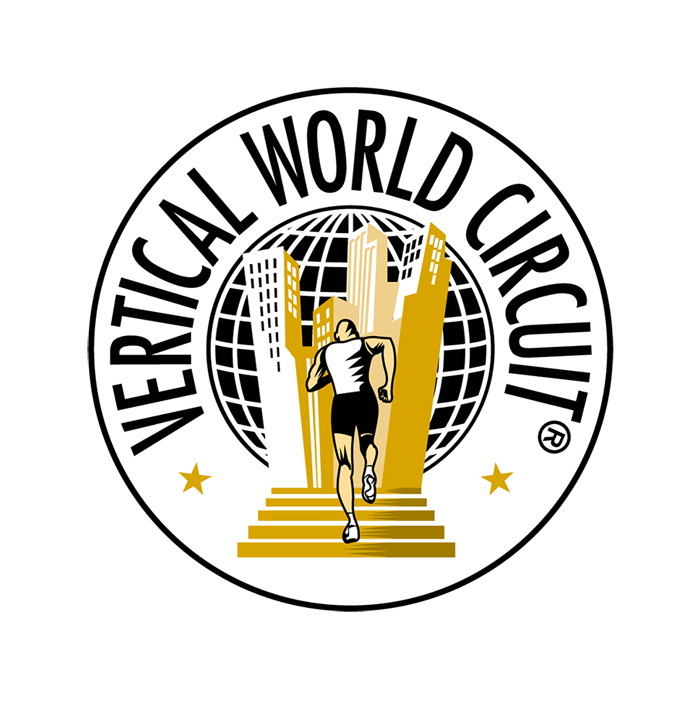Scientific research
From the world’s highest mountains to the world’s tallest buildings, skyscraper racing represents a new focus. Studies by Milan University, coordinated by the International Skyrunning Federation from 2007 to 2010 at the Vertical Sprint races in Milan have revealed some surprising results.

Dr Giulio Sergio Roi, ISF Medical Director, 2008-2021
Heart rate, vertical speed and lactic acid accumulation were among the parameters monitored. Comparing these with record times established in other skyscraper races, health risks associated with stair climbing were ruled out.
Among the most interesting data to emerge was that of calorie consumption: 80% per cent of energy consumed is directed towards transporting the mass upwards. In line with studies carried out with Geneva University in 1999 on uphill walking, stair climbing represents an ideal weight loss instrument for non-runners.
The data will enable specific training programs to be devised and to use stair climbing in assessment tests for other sports. Everyone can now benefit from these new findings to tone heart and lungs and as a rapid weight loss method.
In fact, walking uphill, compared to the same exercise on level ground, consumes up to 10 times more calories!*
| Source*: “Energy costs of walking and running uphill and downhill at extreme slopes” and “Skyscraper running: physiological and biomechanical profile of a novel sport activity”. |

